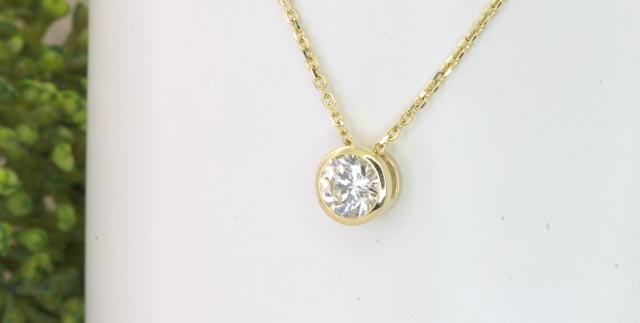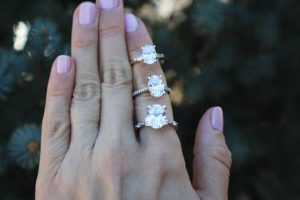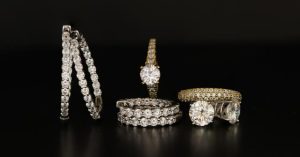Understanding the diamond industry is a complicated study filled with misinformation and conflicting information at every corner. While I don’t know everything about the intricacies of the diamond business (it goes high and it goes deep), as a custom jeweler and retailer of all diamonds, I do have some insights that can be helpful in making informed decisions and help clarify what might otherwise be murky. Let’s break it down:
Natural Diamonds
Natural mined diamonds set the standard for gemstones and have defined luxury for centuries, and for good reason. Marketing aside (and the marketers have been really good), natural mined diamonds are fabulous. They are the hardest material known to man, they are durable and last for generations, and they are beautiful.
Pros:
Natural diamonds are still perceived as the highest achievement in luxury. Looking at the headlines for any number of weeks and who is wearing what diamond is atop the society news headlines.
Natural diamonds are generational treasures. As a custom jeweler, one of the most common projects we come across is resetting diamonds that have been passed down to younger generations. The memories of loved ones wearing the diamonds are cherished and are preserved in resetting them for children and grandchildren.
Natural diamonds sustain entire economies. Most people want to preserve the world we live in and benefit the people who live in it. Diamond mining is tremendously important to economies like Botswana, where diamonds account for 70-80% of the exports and up to one-third of their GDP.
Cons:
Mining for diamonds depends on digging and exposing the pipes where diamonds form. This mining can transform entire landscapes as searching for diamonds is a difficult process, demanding the excavation of land.
Natural mined diamonds are expensive. Of course this is what has also defined diamonds as a luxury, it also makes owning a large, fine diamond unattainable for most people.



